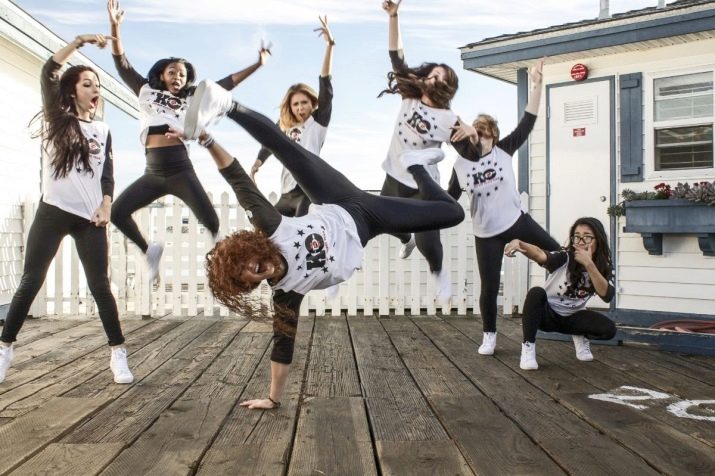All about the shuffle dance
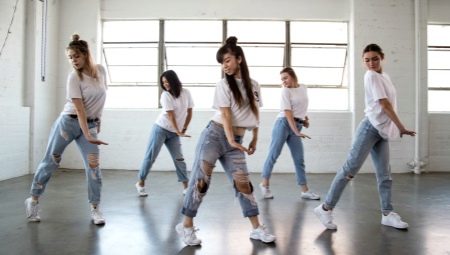
Shuffle (shuffle) is a popular and modern dance that has become so due to social networks. It was on Instagram, as well as on YouTube, that shuffle was quoted so often that “taking over the world” for him was literally a matter of technique. It spread quickly because it consists of very simple movements that anyone can master. And in a few minutes.
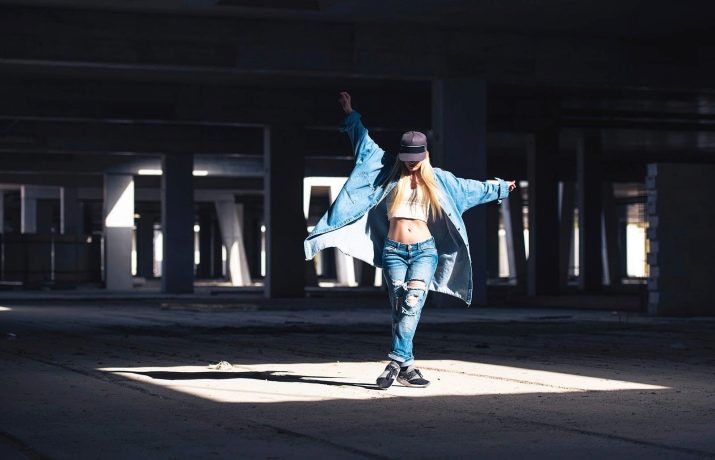
History
Dance appeared in Australia, back in the 80s, and jazz music contributed to its appearance. Acid house is emerging on the underground scene, which, in turn, was divided into back-step and shuffling. Rave parties were conquered by the second direction, and then there were just discos and a variety of concerts. The musical theme was techno at first, then house and trance joined in. The second wave of shuffle popularity is associated with the Internet, the virality of the spread of simple and interesting movements.
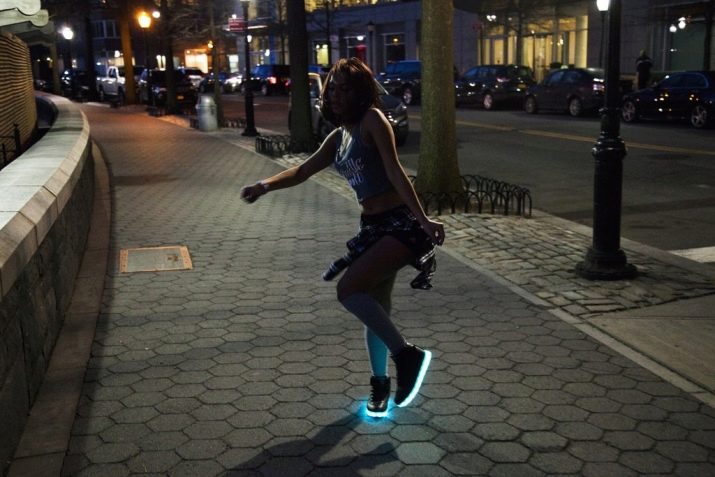
If you translate this word, you get something like "shuffling on the floor." It seems that these are just improvised foot movements, hops that are thinned out by sliding slots. Somewhat similar to the gait of Michael Jackson is guessed. This is why the shuffle also creates the effect of floating in zero gravity. The dancer can add something else to the base: actions with his hands, jumps, tricks, rotations. He complicates it according to his technical background.
And the more individuality in shuffle, improvisation (even if it is seeming), the cooler the dance.
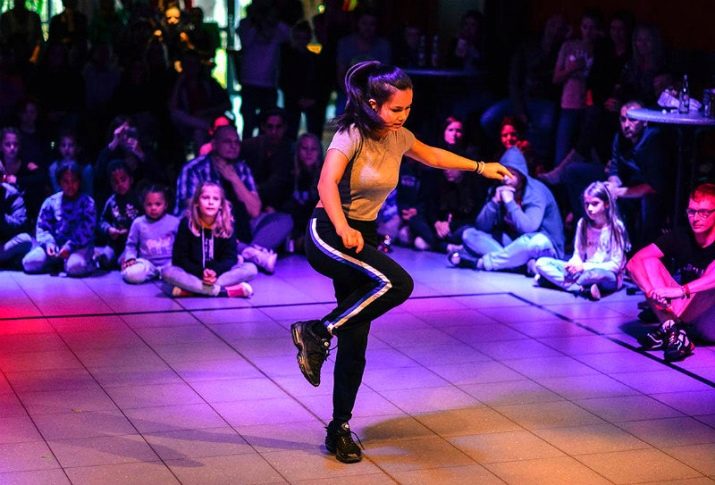
Yes, once it was danced at any pace, it did not matter. Now the speed of the shuffle is fundamentally important: the faster the better.
And this is important: the viewer cannot make out the movements by elements, it seems that this is one whole. This performance looks masterly.
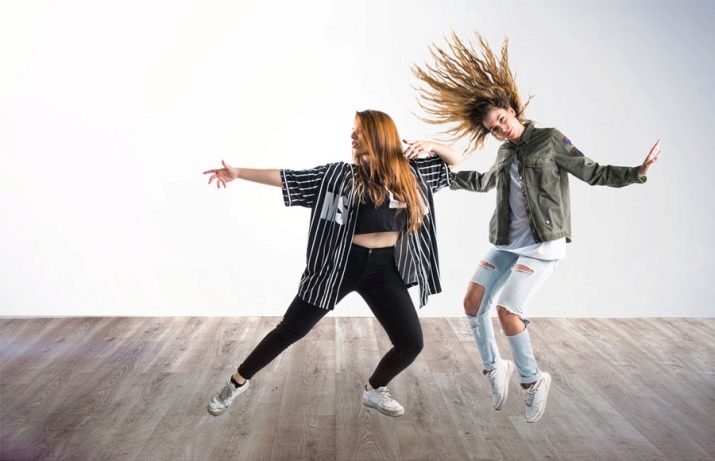
Styles
It's fair to say that every dancer has his own style.If a person dances especially, has his own style, recognizable and bright, then he has achieved mastery.
But if we talk about some universal styles, then these will be the following directions.
- Australian style. You can call it a classic shuffle. It, in turn, is divided into hard (body tilted forward), soft (straight body, sliding more than impacts), new school (straight body, hand work and a lot of sliding).
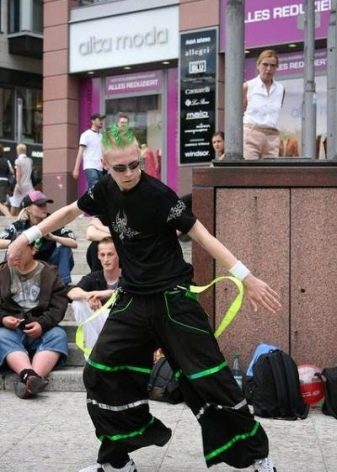

- Malaysian style. It is also divided into soft, hard, and there is also a stomp, pua, old school. Each sub-style has its own significant differences. For example, in a stump, the body is inclined, in hard, rigidity is important, the body and arms work, etc.
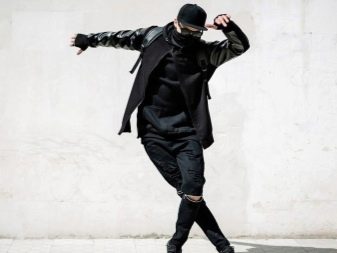
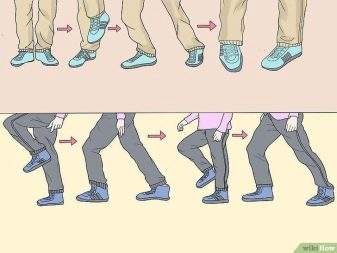
Megapopular 8 years ago LMFAO became the deserved popularizers of shuffle in the world, in their videos, the dance movements were so successful, so to the point that I wanted to repeat them right when watching the video. So the internet was flooded with shufflers posting videos that went viral.
Basic movements
Whatever the dance is (and shuffle also applies here), the lesson begins with a warm-up. This can be the simplest 5 minute exercise to warm up major muscle groups and joints. The warm-up is always carried out from top to bottom, starting with the neck, shoulder girdle, arms (circular rotation), and continues with the study of the body: turns and bends, ends with legs: swings and jumps. Warm up is needed to avoid injury.
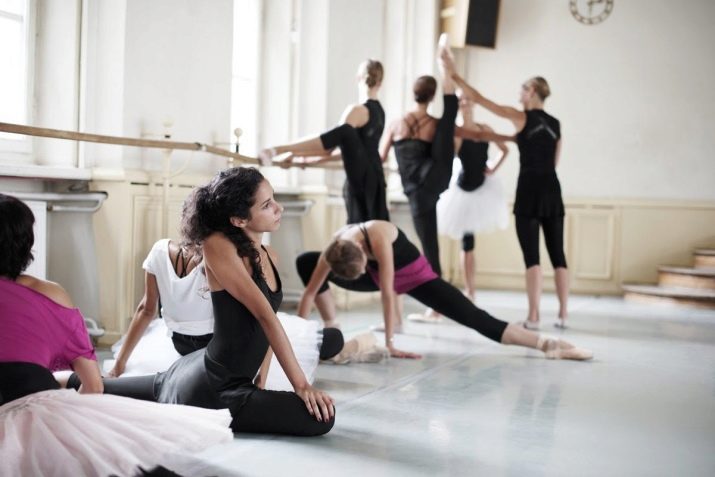
The training itself can be conditionally divided into two parts: mastering basic hops and improvisation. Any dance link is a combination of five basic steps, the sequence of which is not so important. Only with time, when the steps are mastered, can the body and hands be connected. You need to learn (this is very important) the slides that fill the pauses between hops, to develop dexterity and speed. They decide everything, since they allow you to create the very effect in which the viewer does not distinguish between the ligaments.
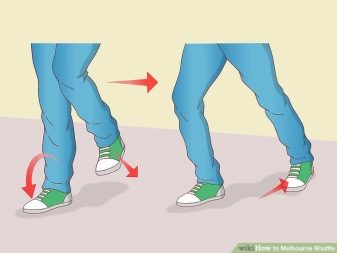
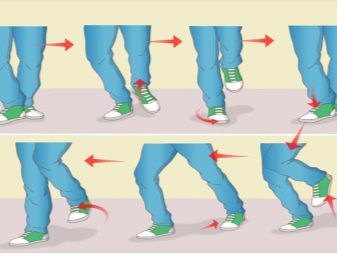
They always start slowly, the pace will increase as technical training improves.
Let's look at a few basic movements.
- T-step. This step consists of alternating movements of the feet to form the shape of the letter "T". The dancer moves along a T-shaped trajectory. One foot should move left and right, like a pendulum, back and forth. At the same time, an even rhythm is maintained. The second leg moves up and down. When there are movements in different directions, the legs can be swapped, you can improve the ligament by turning around you.
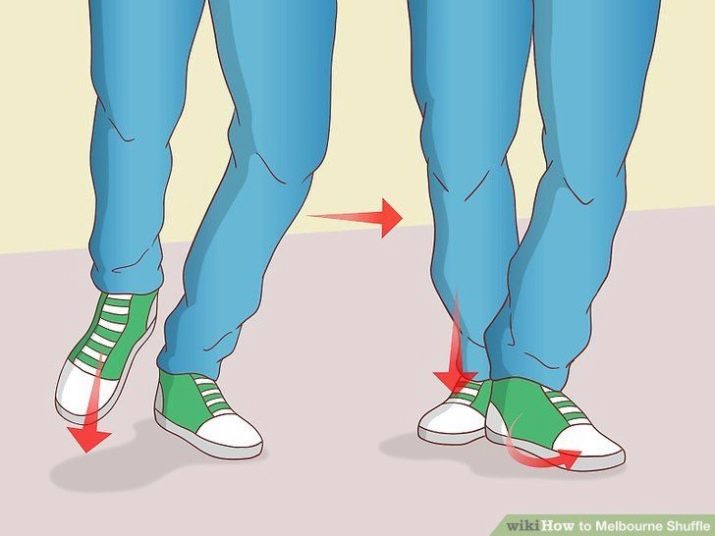
- Running Man. This is a very popular movement, because it is taught one of the first. There is an imitation of running in place. Starts from the starting position with the right foot in front and the left behind. In a not very high jump, the feet are joined together, the left knee rises. In the same jump, you need to take the starting position, but change everything: now the left leg will be in front. And then the second action is repeated, only the right knee rises. Movements must be alternated, not forgetting to increase the speed. When running, or rather, its imitation, becomes confident, you can improvise: add movement in different directions, in a circle.
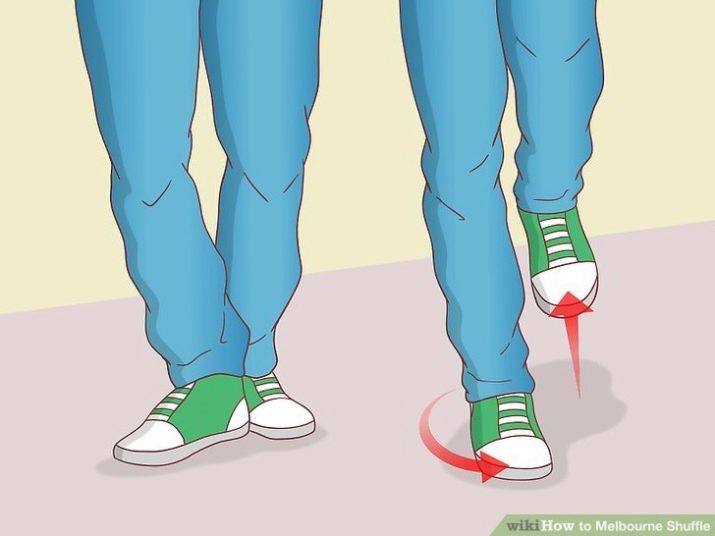
- On the pads. Simple and basic movement. The leg is placed in front of the ball, and the leg in the back also remains on the ball of the foot. The body will lean back slightly.
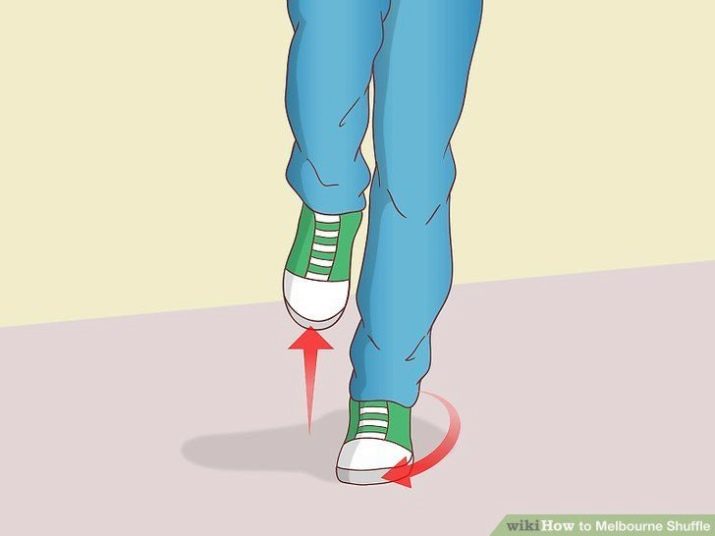
- Rocking. You need to jump on one leg, and the second will touch the floor in different places: either on the side of the support, crosswise, or behind. The leg can be placed on the toe, on the heel (this will be called the kick).
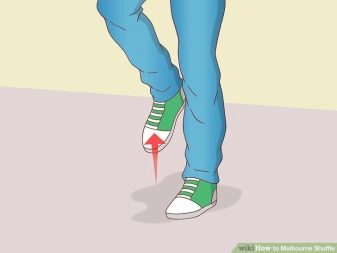
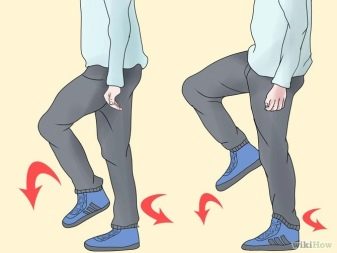
- Charleston. The analogy is guessed, although this is not even an analogy, but a borrowing and adaptation of a movement from a famous dance. The knees and toes of the feet are turned inward, one leg is raised. Then the toes and knees are turned outward, and the raised leg must be put forward crosswise. And the same is repeated on the other leg. All actions are performed on the pads of the feet, you do not need to lower your heels to the floor. Movements can be both forward and backward.
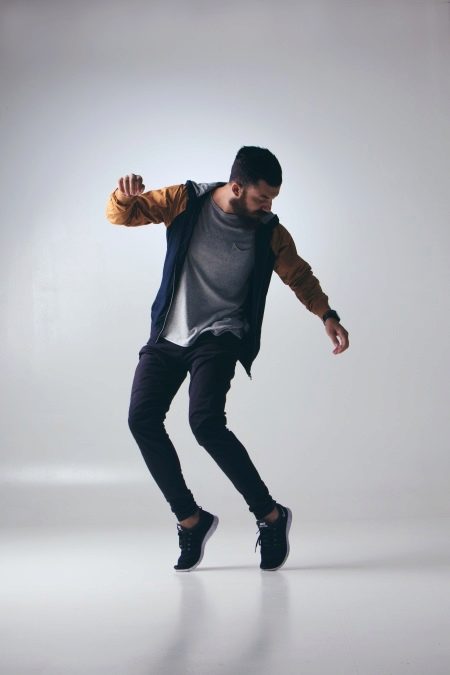
- Slides. Here is the famous "moon" gait.One leg is straight, support is on the entire foot, the other knee is bent, support is on the pad. And, leaning on the pillow, you need to slide your straight leg foot back, as if you want to wipe the sole on the floor. And immediately after this slippage, there is a turn in which the straight leg bends and begins to rest on the pad, and the other turns on the heel. Then you just need to change legs and continue moving, only in the other direction.

- Scissors. The starting position is a stand with a raised leg, then with a jump you need to turn your hips to the side and put your legs cross. The one in front will be on the heel, and the one in the back will be on the pads. Then, with a jump, you need to return to the starting position and do the same, but in the other direction.
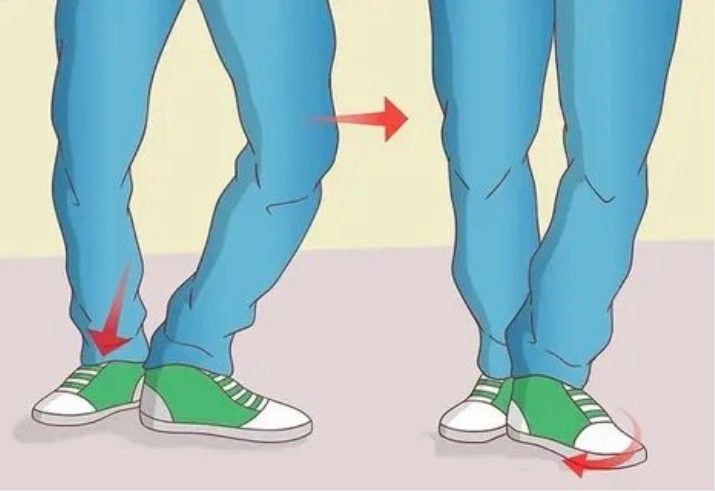
It is enough to master 3-4 basic movements, and you can try to combine them in combination.
Music for dance
Chances are, someone who is learning to dance at home from scratch already has their own shuffle playlist that they would like to try out. Just take music that is perfectly paced. For example, Moby - Bodyrock or Major Lazer (with Pharrell Williams) - Aerosol Can. And if you want to join the classics, any LMFAO starting hit is perfect for comprehending the shuffle.
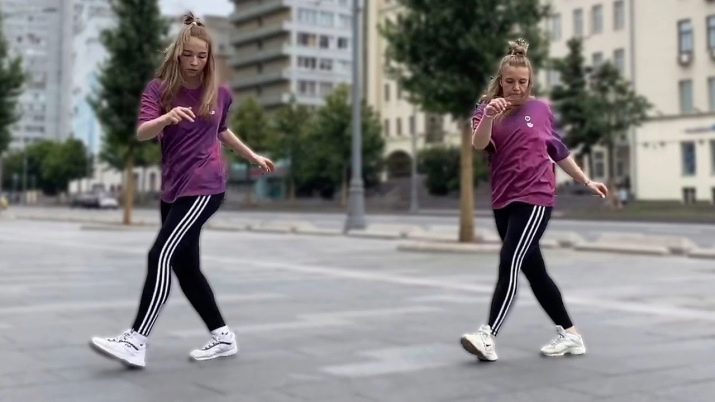
Where can you learn to dance?
At home, you can really get started. Sometimes children in a family teach their parents a simple bunch, and then it becomes a family “trick” at all the holidays: the dance is groovy, even contagious in a certain sense. Only you need to learn step by step: not the whole combination at once, but its components separately.
For beginners, lessons are being developed on the Internet, where everything is explained very clearly. It is a dance that is taught on the streets, in schools, in companies, yet it is not academic.
Suitable for children and adults, for boys and girls, for beginners in principle, for those who have been dancing for a long time, but have never done shuffle.
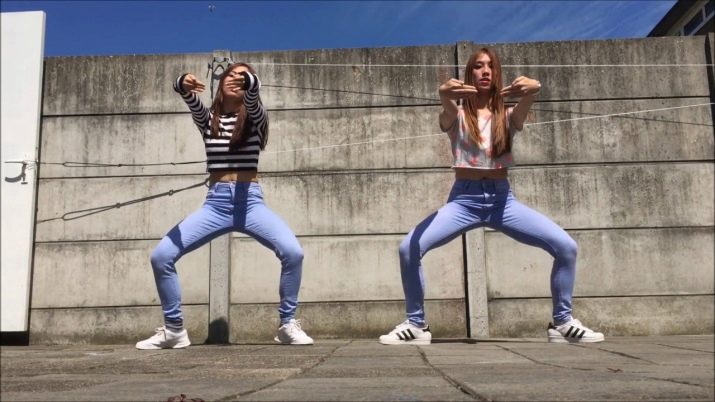
And if you want a professional approach, you should find out which studios are in your city, what types of dance they specialize in. If it is difficult to understand from advertising whether shuffle is taught there, you can simply write them a message in the official account, everything is elementary here. And, of course, there is always the option to arrange private lessons with the pros. Even if the teacher does not specialize in shuffle, for a person whose life is connected with modern dance, mastering it will not be a problem. With a professional, training will go faster, without technical errors and in the right mode.
